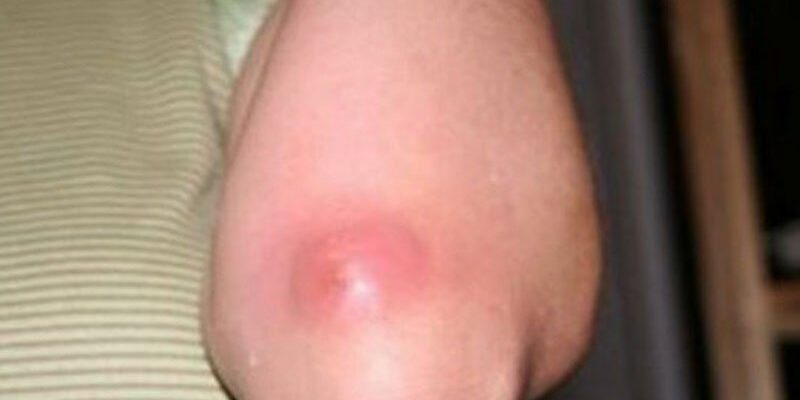Boils, or “pigsa,” typically begin as small, red, firm bumps on the skin. Over the course of a few days, these bumps enlarge, soften, and change color from red to white or yellowish as pus builds up beneath the skin. In some cases, a boil may “multiply,” leading to the appearance of additional boils near the original site.
Other symptoms associated with boils include:
- Fever, which may indicate an ongoing infection.
- Swelling of nearby lymph nodes (kulani), signaling the body’s immune response.
After several days, the boil may rupture, releasing pus. In most cases, this marks the end of the infection, and the boil begins to heal. However, there are instances where:
- The boil does not rupture, and the pus remains trapped.
- Additional boils develop, or the original boil grows larger.
- The infection becomes persistent and does not resolve naturally.
When Should You See a Doctor?
It’s important to consult a doctor if:
- The boil becomes significantly larger or more painful over time.
- You notice additional boils forming near the original site.
- The boil does not rupture and drain on its own.
- You experience fever, chills, or swollen lymph nodes alongside the boil.
- The boil recurs frequently, suggesting an underlying condition.
Why Seek Medical Attention?
Persistent or severe boils may be caused by aggressive bacteria or an underlying health condition, such as diabetes or a weakened immune system, which makes it difficult for the body to fight infections. A doctor may recommend treatments such as:
- Antibiotics to combat the infection.
- A minor surgical procedure to drain the boil.
- Tests to determine if there are underlying conditions contributing to recurrent boils.
Proper care and timely intervention can prevent complications, such as the spread of infection or scarring. If you’re unsure about how to handle a boil, consulting a healthcare provider is the best course of action.


